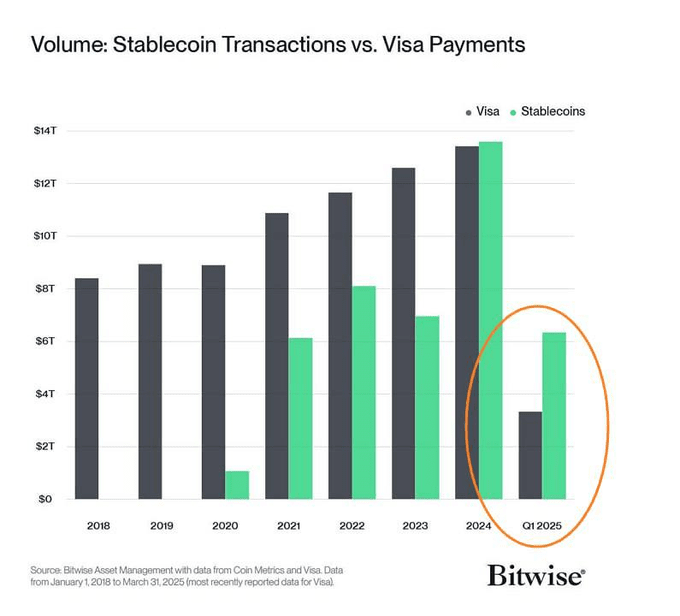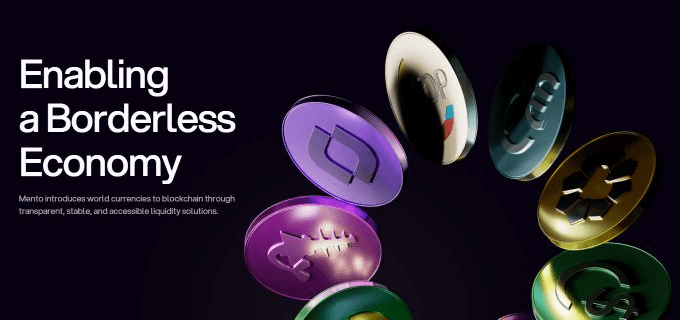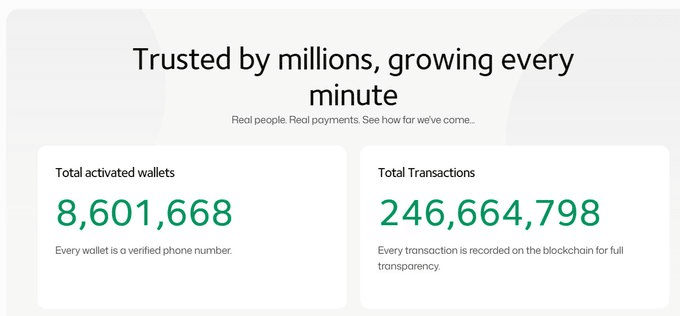Since the U.S. officially passed the Stablecoin Act, the term 'stablecoin' has frequently appeared in the public eye.
Many Web2 platforms have begun to report, and even girls who were previously uninterested in crypto suddenly came to ask me: 'What is a stablecoin, and what is it used for?'
I didn't answer directly but instead asked her to guess: How much transaction amount was completed globally on-chain using stablecoins in the second quarter of 2025?
She casually said a billion, and I laughed: 'Not a billion, but over 6 trillion dollars.'

Behind this set of data, it actually means one thing: stablecoins are no longer experimental items, but infrastructure.
They are playing an increasingly critical role in cross-border payments, value preservation, DeFi collateral, and on-chain clearing!
At the same time, regulators in various places have begun to follow suit, especially in Hong Kong. Just today, Hong Kong officially implemented the Stablecoin Bill, establishing a licensing system for stablecoins pegged to fiat currency values. This not only reflects the clarity of regulation but also indicates that stablecoins will gain more 'recognition' in the traditional financial system. In a sense, the door for stablecoins to transition from 'gray experimental items' to 'compliance bridges' has slowly opened.
In this context, Mento @MentoLabs, which has been deeply cultivating the stablecoin infrastructure protocol for over three years, appears particularly forward-looking.

🌐 Mento: Not another stablecoin, but a decentralized 'foreign exchange system'.
Most payment-focused stablecoin protocols in the market only support dollar-pegged assets. For users in emerging markets like Colombia, the Philippines, and Nigeria, this means—even if they just want to receive payments in their local currency, they still have to go around the dollar first.
This structure of 'currency transfer' leads to slippage, transaction fees, waiting times, and also limits the large-scale implementation of stablecoins.
Mento has chosen a different path; it is not issuing another dollar stablecoin, but creating a multi-currency, decentralized, modular stablecoin and foreign exchange trading system.
Currently, Mento has supported over 15 types of stablecoins, covering G7 countries and multiple local currencies, including cCOP (Colombian Peso), cKES (Kenyan Shilling), cREAL (Brazilian Real), etc.
Users can achieve on-chain 24/7 access without permission:
☀ Direct exchange between local currencies.
☀ Zero slippage settlement.
☀ Real-time arrival.
☀ Completely decentralized operation, no need to rely on banks or exchanges.
This is not just 'the digitization of foreign exchange', but 'the reconstruction of foreign exchange infrastructure'.
Currently, Mento has supported over 15 types of stablecoins, covering G7 countries and multiple emerging market currencies, from cUSD, cCOP to cKES, cREAL, etc. This means that whether users are in Nairobi, Rio de Janeiro, or Manila, they can store, trade, and settle using assets close to their local currency—no longer relying on the dollar as a 'transfer'.
In terms of protocol design, Mento has also carved out a 'hybrid stability mechanism' that lies between traditional collateralized and algorithmic stablecoins.
☀ All stable assets are backed by an over-collateralized asset pool (including BTC, ETH, CELO, USDC, etc.).
☀ Adjusting volatility through price pegging mechanisms, daily trading limits, and on-chain circuit breakers.
☀ Fully on-chain verifiable, permissionless access, no need for intermediary approval, maintaining the openness and transparency of DeFi.
This not only makes Mento one of the few 'decentralized versions of SWIFT + FX' combinations but also allows it to functionally surpass most protocols focused on stablecoins.
🚀 Mento has already landed, not just 'ready', but 'being used'.
Mento's system is not just a vision. Mento has achieved real application through the lightweight wallet MiniPay in the Celo ecosystem:

☀ Serving over 8 million users.
☀ Completed 240 million transactions.
☀ Total settlements exceed 15 billion dollars.
Users in Africa, Latin America, and other regions are already using Mento's stablecoins for savings, payments, and cross-currency settlements, which is a true reflection of the stablecoin infrastructure being 'grounded'.
📈 Good track + Good timing + Good institution.
The track that Mento is on—stablecoins × RWA × FX—is one of the most promising infrastructure directions in the current market.
At the capital level, it has received backing from Hashkey Capital and No Limit Holdings (which has invested in Ethena, Sage, Sei, Berachain, etc.), indicating that its direction has received high recognition from professional investors.
At the same time, Hong Kong is also accelerating the compliance framework for stablecoin regulation. The Stablecoin Bill officially took effect today, and in the future, the 'licensed stablecoin issuer' mechanism will become mainstream.

Mento's design naturally aligns with these compliance demands, providing greater imaginative space for its listing on mainstream exchanges.
✅ Written at the end.
Stablecoins are not lacking in concepts or narratives; what is lacking is foundational systems like Mento.
☀ Not just pegged to the dollar, but supports multi-currency local stablecoins.
☀ It's not just about holding still, but about real-time trading and exchange.
☀ Not relying on traditional settlement systems, but achieving on-chain settlement in seconds.
☀ Unrestricted by time, geography, or permissions, truly accessible to global users.
If you are paying attention to the next steps of stablecoin applications and want to participate in cross-border payments, on-chain savings, and RWA circulation, Mento is the foundational protocol worth exploring.
The first phase of stablecoins is 'having coins available'.
The second phase will be 'making coins truly usable'.
Mento is building a high-speed highway on this chain.


